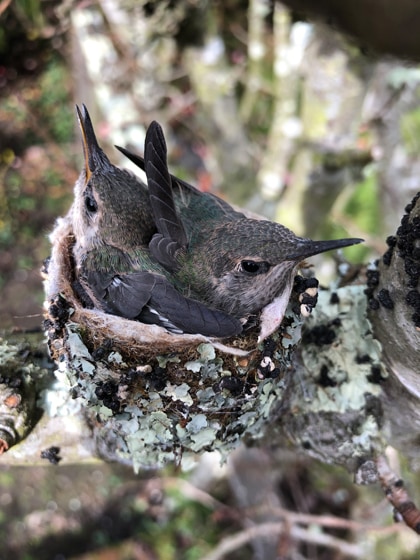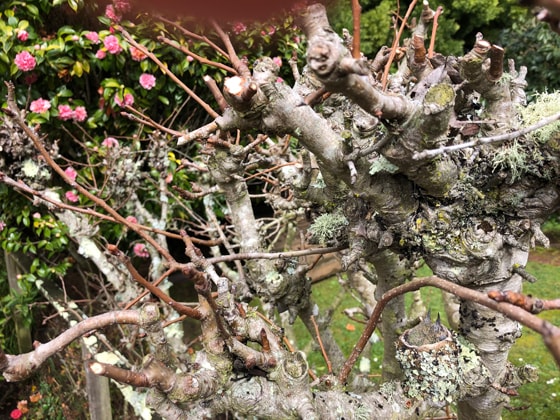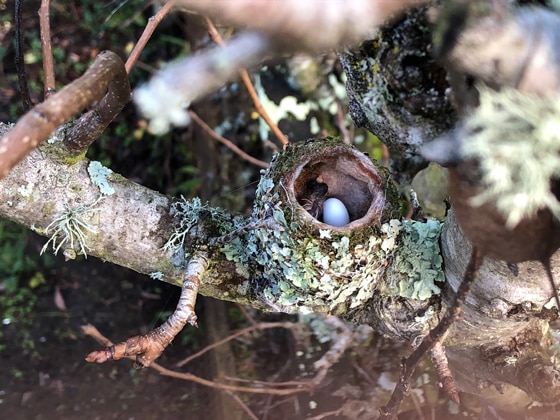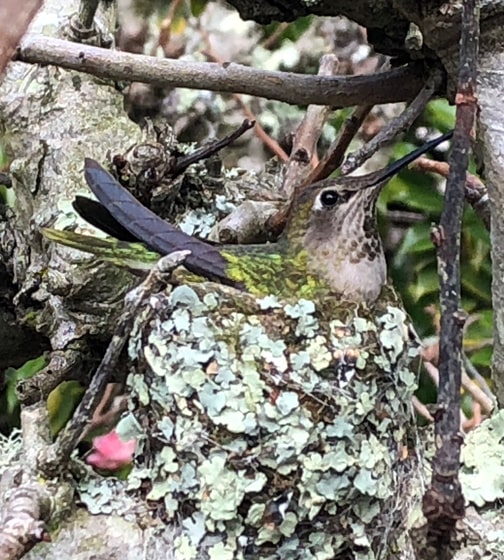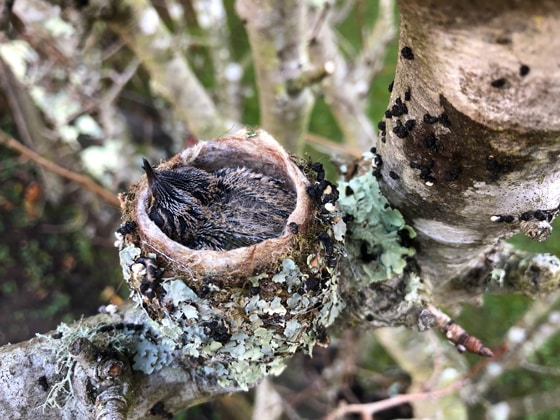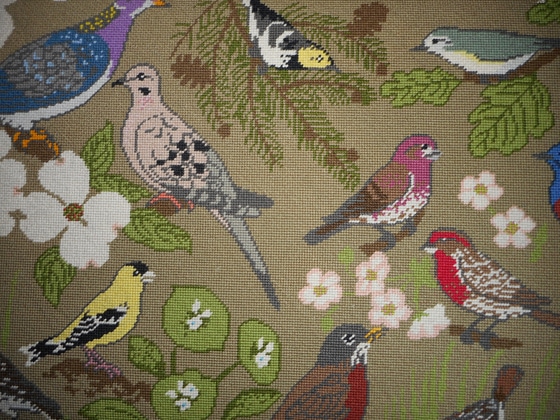Birds and Chocolate
Editor’s Note: We wanted to share one more trip reflection before Birdathon comes to a close. If you want to join Birdathon’s closing celebration you can register here.
Text and photos by Marjorie Powell
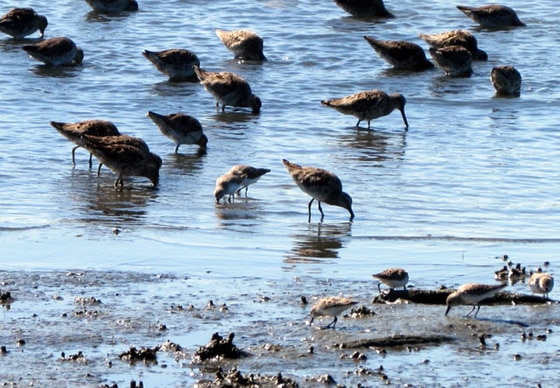
We gathered slowing at one of the two platforms at the Elsie Roemer Preserve at the edge of the Bay and later wandered down the path to the second platform. Between the two platforms, we spent two hours looking at birds as the receding water exposed the mud of the shallow shoreline, providing more and more feeding space for those birds that poke in the mud. In that time, members of the group saw 28 different species of birds (I missed 3 of those 28), with more than 100 of some species (Western Sandpiper, Dunlin) and only a few of other species (Caspian Terns, Avocets, Anna’s Hummingbirds). Our leaders, Sharol Nelson- Embry and Joyce Mercado, helped us identify birds, described field markings, and looked up birds in their field guides to help newer birders identify differences between similar birds. Some of the Black- bellied Plovers were molting into their breeding plumage, making it easier to understand their name. The Avocets, also, showed the start of their breeding plumage – Sharol reminded us that they breed in the Bay area, unlike other birds we were seeing which migrate north to their breeding areas.
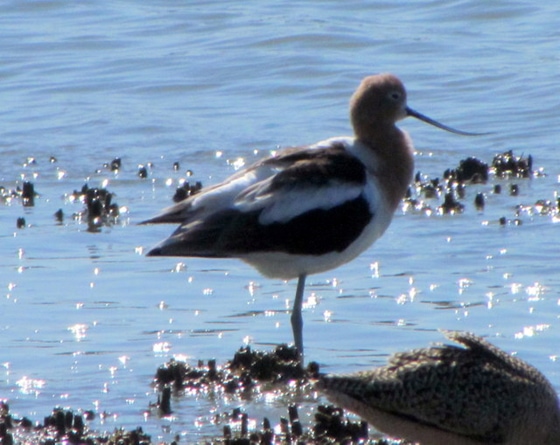
Because Sharol was entering our list into ebird, we discussed estimates of how many of the more abundant species we were seeing. Some were easy, like counting the Double-crested Cormorants on the breakwater; others were harder, like the estimate of how many Western Sandpipers we had seen at both platforms, or how many Dunlins. We all marveled at the patterns as the Sandpipers flew up and swirled over the water, back and forth, then slowly landed after the Hawk that spooked them had disappeared – they flashed dark and then light as they turned away from, and then toward, us.
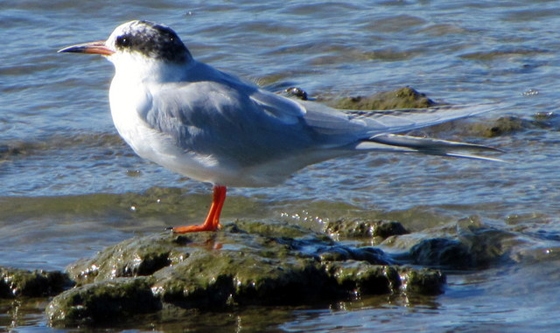
After a full morning, we walked up the block to the beach where we found a make-shift table on which we ate our lunches and shared stories of places we liked to see shorebirds.
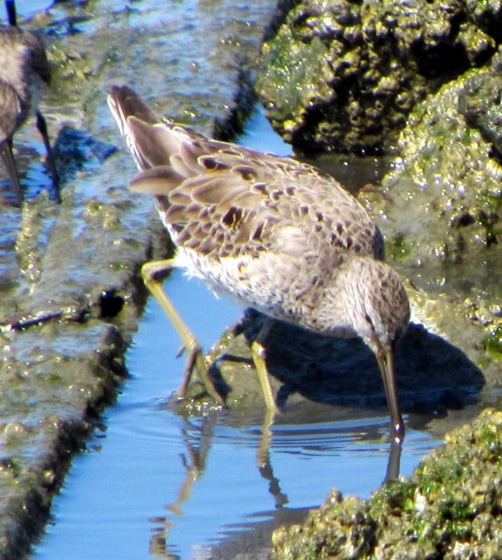
After lunch, we went inside for the promised chocolate tasting. An initial set of questions kept us occupied while people slowly settled in – when did chocolate come to San Francisco? Can you name an early San Francisco chocolate manufacturer? Who in the group has eaten chocolate in a foreign country and what country?…

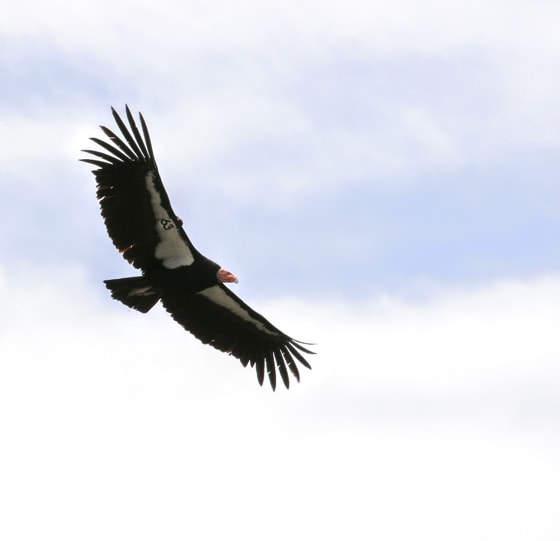
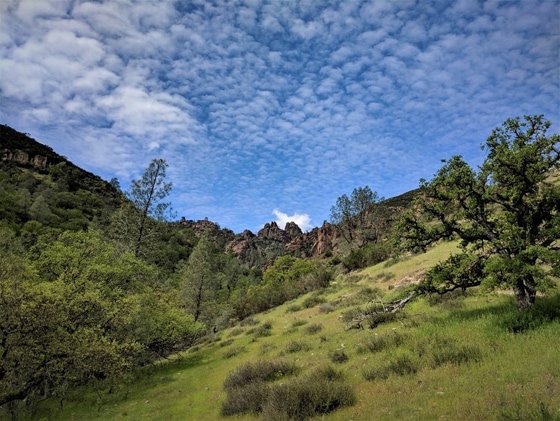 A beautiful day in Pinnacles National Park
A beautiful day in Pinnacles National Park
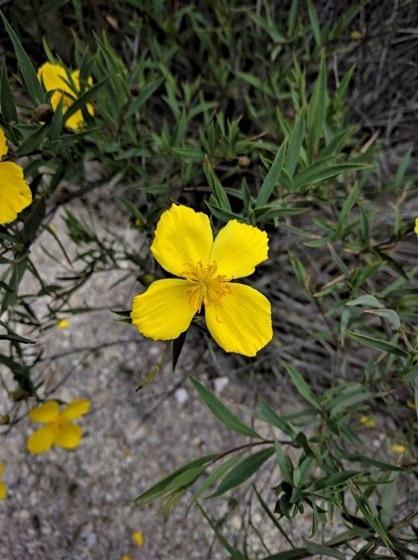 Bush poppies (Dendromecon rigida)
Bush poppies (Dendromecon rigida)
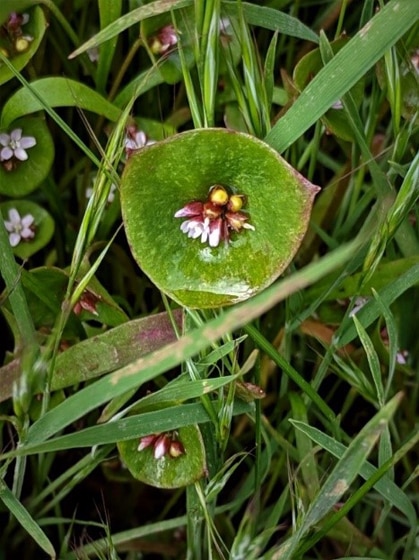 Streambank springbeauty (Claytonia parviflora)
Streambank springbeauty (Claytonia parviflora)
